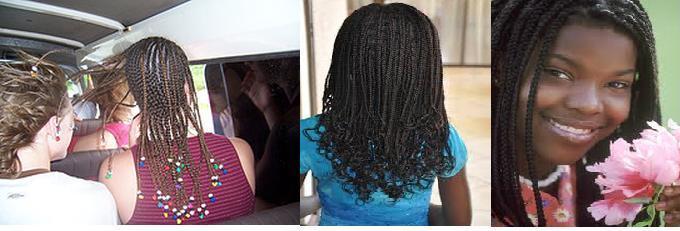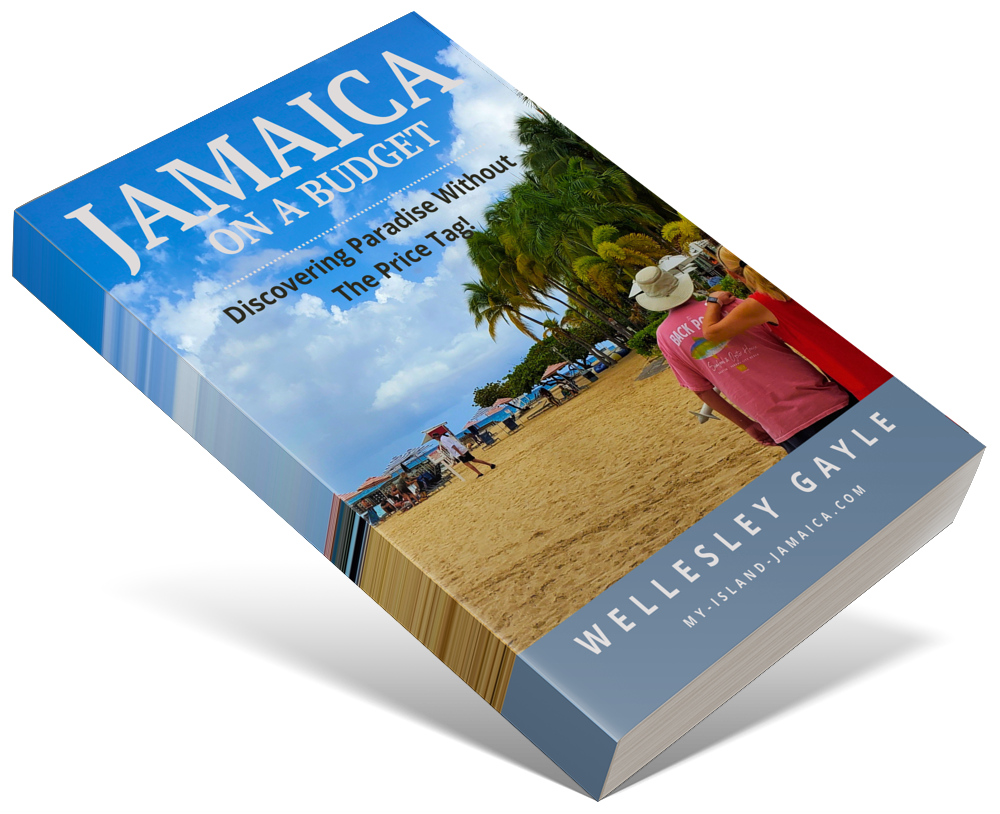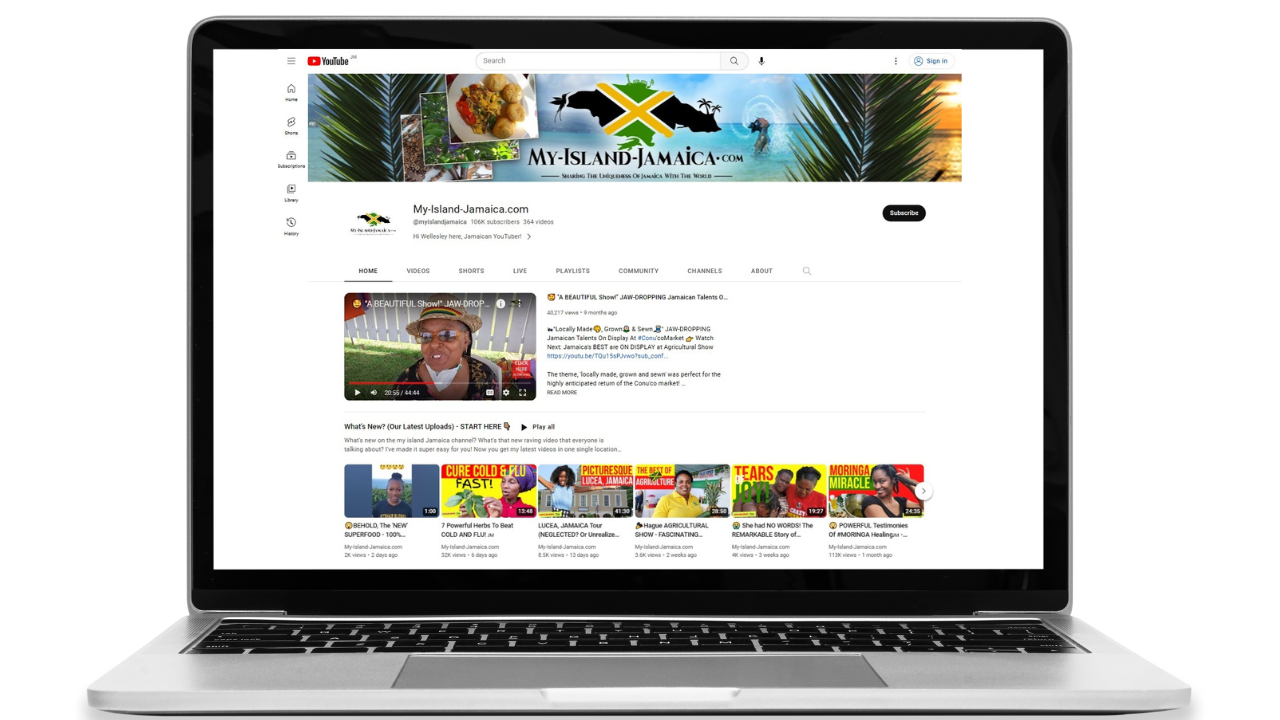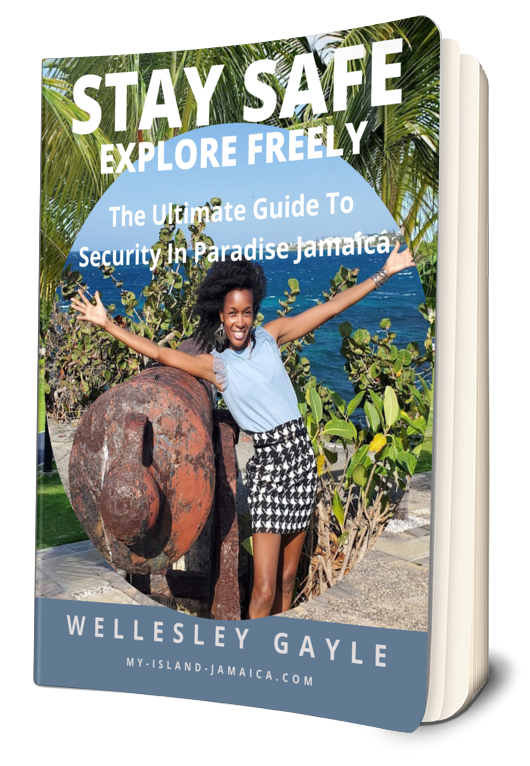Subscribe for all my updates and don't miss a thing! Sign me up!
How To Make Jamaican Braids
-Cornrow Style!
Sharing Is Caring! Share this awesome content with your friends now.

By C. Holness
Chances are you know someone who has spent
a holiday in Jamaica and returns home with a head full of tiny braids, or you
yourself may have visited the island and decided to try out this eye-catching
hairstyle.
These small, tight braids are known as “cornrows” and are also a
very popular style with many local people living in Jamaica, both females and
males.
It may seem difficult to make these braids to those who don't know how
to do so, but surprisingly it actually is not that hard at all!
You may be interested to know a little about the history and origin of cornrow braids and how they were brought to Jamaica.
New! Take a piece of Jamaica with you💃!
Savour the memories! Now you can get your authentic Jamaican souvenir items, as well as traditional Jamaican herbs, spices and housewares on our popular e-store. Click Here to learn more.
And, if you ever need a trustworthy and knowledgeable local guide, consider booking a private tour with us!
History of Cornrow Braids
- Cornrow braids originate in Africa and date back thousands of years as evidenced by ancient sculptures hieroglyphs which have been unearthed, featuring figures with braids.
- In African civilizations, the particular style of one's braids can signify such details as age, tribal identity, religion, and social status.
- The act of braiding is believed to be a valuable means of sharing cultural expression, familial and friendship bonds, and gives the one who is fashioning the braids a sense of pride as being able to impart a special gift on others.
- Mathematics and geometry have always played a part in creating braided designs which can be seen in their balance and symmetry.
- When slaves were captured in West Africa and brought to the “new world” cornrow braids were one of the traditional practices that came with them. Jamaica was one of the places where slaves were sold to work on plantations, so the Africans continues to wear their hair in these styles they were accustomed to, braiding it into tight braids close to the scalp.
Cornrow braid styles have remained popular on the island ever since, and have also taken on a symbolic and ethnic appeal which even attracts those from different cultural backgrounds.
Many tourists today enjoy
having their hair braided when they visit Jamaica. Anyway, back to the 'meat of the matter'...
How to Make Jamaican Braids - Cornrow Style!
- The hair must be sectioned off so the front and back are divided by an even part in the middle. The part should be situated evenly between the ears and connect them, like a hairband. Secure the back section of hair with a clip, as you will be starting in the front.
- Beginning just above the right ear, with a pick comb, separate a small section of hair and pull it directly back. Hair left of the centre part should be brushed towards the left side of the head.
- Take a very small section of hair from the front of the hairline and form three sections, like those used to make a common braid. Then, grasp the hair with your index and middle finger as you cross strands over the middle piece, working
- Keep braiding, and as you do so, take a small section of hair from underneath every time you cross the middle section. With each twist, more hair from the area which has been sectioned off should be added. A small elastic can be added to end of
- Continue to divide the front section of hair into rows, repeating the above steps with each one until the entire front is braided back to the ears. Each braid should be fastened
- With scissors cut several small rectangle-shaped pieces of tinfoil. Wrap one around the end of each cornrow and then take three colourful, plastic beads and string them over the foil, wrapping it over the bottom edge of the last bead.
Now you are finished, enjoy your authentic Jamaican cornrows braids!
Remember to get creative with your braids. You can literally create any pattern that suits your desire. Braids are not just and hairstyle, it is a form of artistic expression so have fun with it.
Sharing IS Caring! Please help me get the message out by sharing this article with your friends on social media (links below). Thnx ;-)
If you found this page useful, please consider subscribing to my weekly newsletter, to get even more.
It tells you each week about the new information that I have added, including new developments and great stories from lovers of Jamaica!
Return to Jamaican Dress from Jamaican Braids
Return to Homepage from Jamaican Braids
References & Sources For Jamaican Braids
- https://www.byrdie.com/history-of-cornrows-5193458
New! Get My Latest Book👇🏿
|
You asked, I've answered! You no longer need to save for months or years, to enjoy paradise! I spilled the beans! sharing my top tips on finding cozy accommodations and secret gems, only the way a native could! Click Here to pick it up on my e-store and start saving now! |
See The Best Of Jamaica - In Videos!
|
My channel reaches over 140,000 subscribers worldwide and has leveraged over 11 million views, sharing, what I call 'The Real Jamaica'. Subscribe today and join our family of viewers. |
Read More ...
New! Experience The REAL Jamaica!
Book Your Private Tour here and experience Jamaica the way we (locals) do!
P.S. Didn't find what you were looking for?
Still need help?
Click Here to try our dependable and effective Site Search tool. It works!
Or, simply click here and here, to browse my library of over 500 questions and answers! Chances are someone already asked (and got an answer to) your question.








New! Comments
Have your say about what you just read! Leave me a comment in the box below.